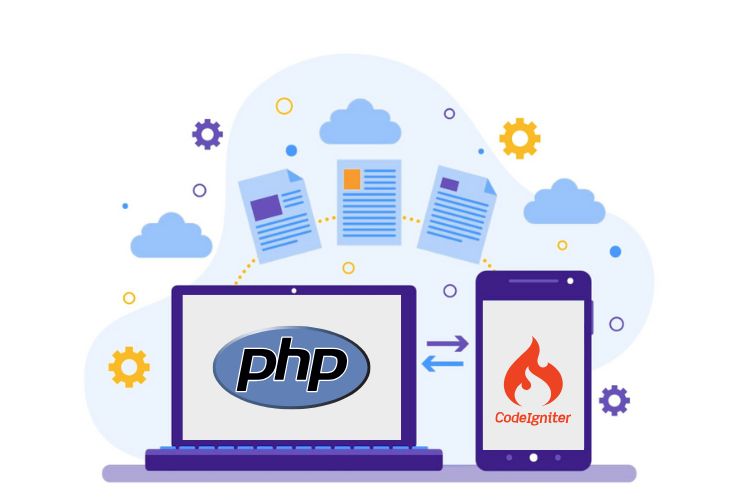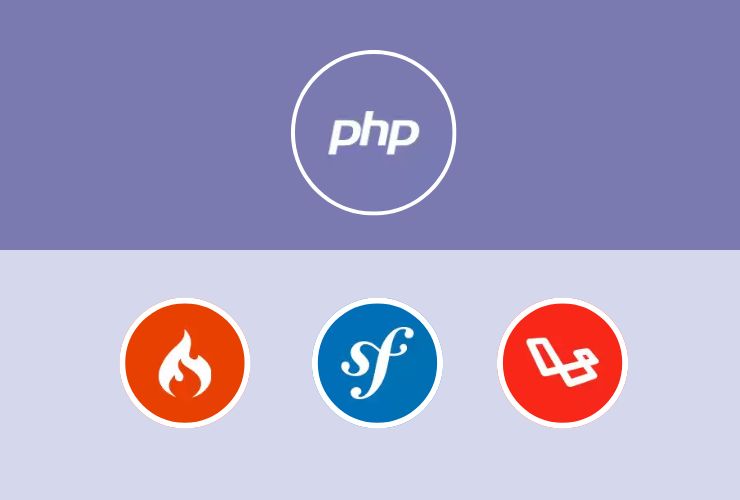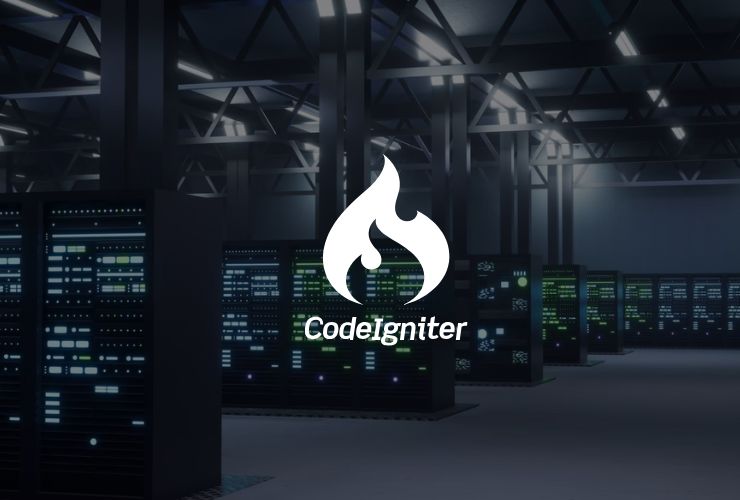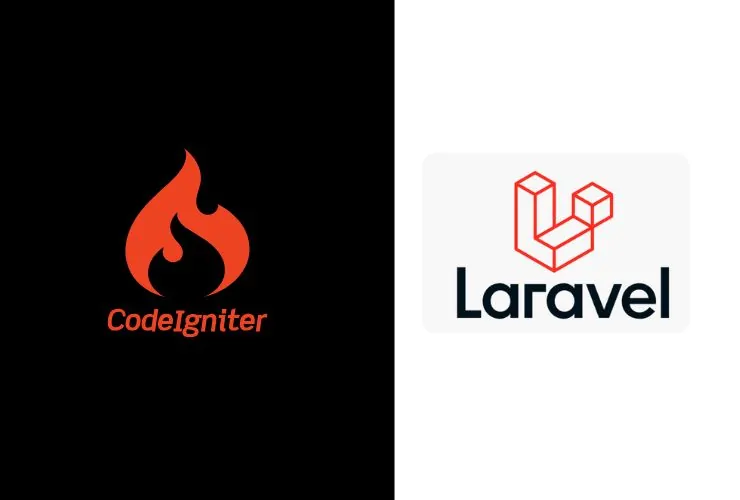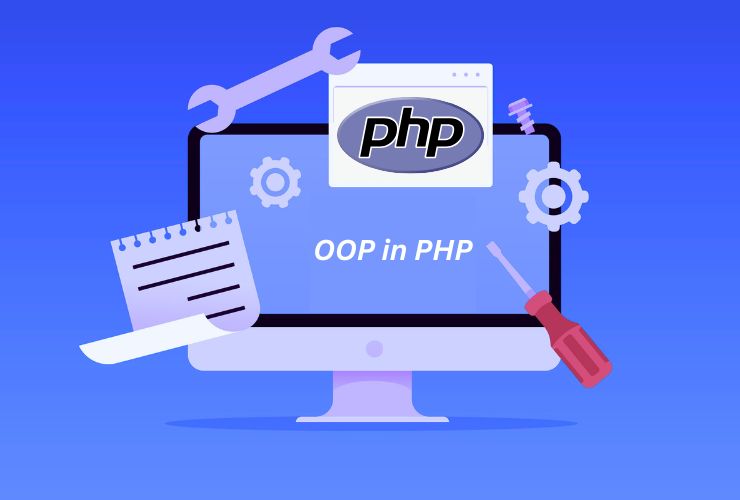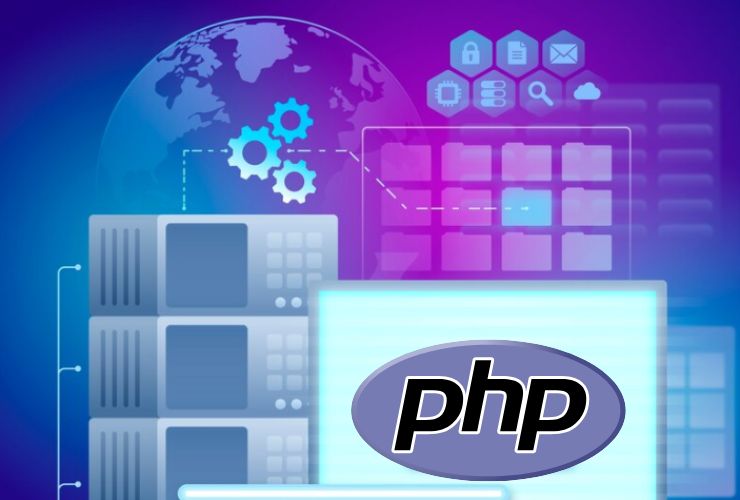In the modern world, organizations (businesses) require secure, scalable, and maintainable web applications. Unfortunately, many organizations are still using legacy PHP applications–applications that may be difficult to maintain, have a slow scaling process, or just not be aligned with the modern development world.
Migrating a legacy PHP application to a modern framework such as CodeIgniter is a productive way to help an organization modernize their software infrastructure while keeping the base functionality of the business. CodeIgniter has a lightweight application structure, follows the MVC architecture, has an excellent ecosystem, and provides a stable, high-performance framework to build modern web applications on.
The goal of this blog is to discuss the advantages, disadvantages, and guidelines for migrating legacy PHP applications to the CodeIgniter framework
Why Migrate to CodeIgniter?
Legacy PHP applications often have issues with the following,
- Old codebase that is difficult to maintain
- Insecure code due to unsupported libraries
- Performance bottlenecks and limited scalability
- Unable to integrate with modern APIs or services
CodeIgniter is capable of mitigating these issues:
- Lightweight and high-performance architecture
- MVC architecture for better organization and maintenance of code
- Built-in security features such as CSRF (Cross-site request forgery) and XSS (cross-site scripting)
- Extensive library of libraries and helper functions for rapid development
Migrating from a legacy PHP application to the CodeIgniter framework is a way to modernize your application with the benefits of better performance, security, and maintainability.
Step 1: Review the Current Application
Before you begin migration, perform a thorough review of your existing legacy PHP application:
- Identify the main functionality and modules
- List the dependencies, custom scripts, and third-party integrations
- Identify the parts of your application that require refactoring or modernizing
Having a clear understanding of your existing system will help streamline migration and avoid any unnecessary delays.
Step 2: Plan the Migration Strategy
Migration is not something you want to do without careful consideration. You need to think about using an approach that includes:
- Migrating all at once (big-bang approach)
- Migrating module-by-module (incremental approach)
Incremental migrating (module by module) tends to be a safer approach because you can test individual components and you reduce the down time of critical business functions.
Step 3: Set Up CodeIgniter Environment
Set up a new CodeIgniter project with the latest version of CodeIgniter however you need to take several steps:
Set up your CodeIgniter project structure (your MVC folders, Models, Views, Controllers, etc.).
- Now you will need to set up the database connection
- Configure the required libraries and helpers and so forth
If you get the environment setup correctly, then you will logically increase the chances of success with the rest of the migration.
Step 4: Refactor and Rewrite
There is a good chance that your existing code in the legacy PHP application will not align to the modern best practices. So now that you are in CodeIgniter, you should refactor your procedural code into object-oriented structures. In the process of migrating, you should also consider leveraging the MVC architecture to separate your code.
Ideally, you would take the last step into consideration, and replace out-of-date libraries with CodeIgniter’s built-in libraries. You should also strongly consider using any libraries already available from CodeIgniter for any custom code in the existing application you are migrating to CodeIgniter.
Doing this in your migration will help improve maintainability and future-proofing but will ensure any existing functionality is preserved.
Step 5: Data Migration
Data migration is important. To ensure an efficient database migration, you need to:
- Map the old database tables to appropriate CodeIgniter’s models
- Ensure that data is transferred safely and identifiably
- Use migration scripts or migration tools especially for larger data sets
Wherever it is possible, data migration must be completed accurately or risk interfering with an organization’s operations following deployment.
Step 6: Test and Optimize
Once the migration is complete:
- Perform unit tests and integration tests
- Test for any performance related bottlenecks and optimize any queries that are taking longer than they should
- Ensure manually evaluated security measures are still in place for compliance
The best way to ensure your app is stable, secure, and performant, is to test it thoroughly.
Step 7: Deploy and Monitor
Your new CodeIgniter application will be migrated into the production environment:
- Monitor performance and errors using monitoring tools
- Install any performance related tools into your server which are designed for CodeIgniter
- Continue to provide updates and backups all the time
- Ongoing monitoring will help ensure that your modernized app brings about the expected outcomes.
Advantages of Migrating to CodeIgniter
- Performance benefits – CodeIgniter is a light-weight framework that allows for better response times
- Security improvements – features such as built-in CSRF and XSS protection and secure session management
- Maintainable – use of MVC will allow developers to maintain code better
- Future-proof applications – your applications will be more future proof as CodeIgniter is more modern and ready for cloud, APIs and microservices
- Faster development – greater number of libraries and helpers that help developers produce features at speed.
Final Thoughts
Migrating legacy PHP applications to CodeIgniter is a strategic move for businesses looking to modernize, improve performance, and enhance security. With careful planning, proper execution, and thorough testing, organizations can transform outdated software into scalable, maintainable, and future-ready applications.
At Empirical Edge, we specialize in CodeIgniter migration and development services. Our experts help businesses migrate legacy PHP applications smoothly while ensuring minimal downtime and maximum efficiency.
Partner with us to modernize your applications and leverage the full potential of CodeIgniter for your business growth.

